Mobilizing Interracial Solidarity: A Comparison of The 1919 and 1937 Steel Industry Labor Organizing Drives
We examine working-class race relations during two steel industry unionization efforts: the 1919 AFL drive and the 1937 CIO drive. Racial conflict divided steel workers in 1919 but interracial labor solidarity prevailed in 1937. We contrast the two drives using event-structure analysis (ESA) to highlight the imputed causal connections in our argument. Comparison of the 1919 and 1937 cases suggests that three developments were necessary for interracial solidarity in steel. First, industrial unions had to replace craft unions, which promoted class-oriented organizing strategies. Second, interracial solidarity required an easing of split labor market conditions. Third, unions had to incorporate concrete strategies to recruit black workers. In both cases, state actions and economic conditions mediated the impact of these factors on interracial organizing.

